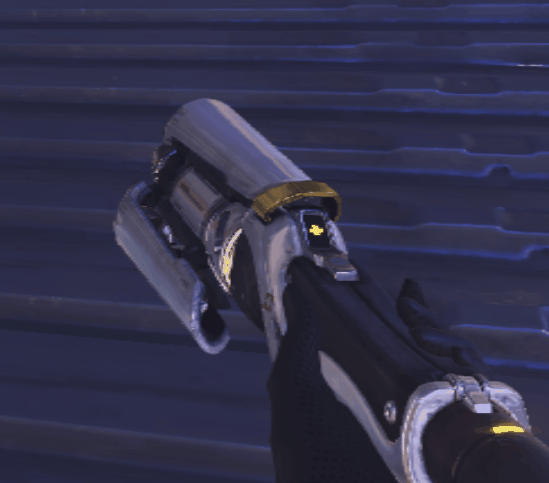Ok, just say “OMG Stop stop!” if you think this sounds crazy…
The mechanism has 4 concentric parts. I’m thinking perspex tube 5mm thick with 80,70,60 and 50mm diameters.
- The central part D has 3 vertical slots cut in it. This is to keep all the sticks lined up.
- The most important part C is shaped like a cup and is attached directly to the axle of the motor (I know nothing about what motor you should use)
- The middle parts B1 and B2 are rings that are free to rotate, and slide up and down the length of C
- The outer part A is stationary along with the handle of the staff. It sits like a bowl at the bottom of it all. It has 3 indents that line up with the “stowed” position of the arms.
- The motor shaft runs all the way up the centre.
- Three sets of three-way arms run out through holes in C and B1+2. A nylong bushing around the arm allows it slide smoothly in the slots
- All three arms are free to rotate independently of the axle.
- Each arm terminates in a hinge point. The linkage for the sticks attaches to these hinges.
The central part C is where the magic happens. It has slots cut into it that look like this.
Remember, only this part is attached to the motor.
At rest, the indent in A keeps the arms stationary.
When the motor turns, the slots move along the bushings until they reach the sloped part of the slot, at which point, the bushing, arm and connecting rings B1 or B2 are pushed up C by the sloping slot. The last to move is B2 because the sloped part is right at the end. It lifts out of the indent in A and now the whole thing is turning as the bushings are at the end of the slots.
The top slot for B1 goes to different heights depending on which way it turns, so you can get your two different stick heights. (the sticks will retract when reversing though, which might be a problem)
This drawing is not so good and is missing part D, but it shows how the linkage attaches and makes the arm go up and down. Some experimenting with lever lengths is needed, but my Lego experience tells me you can convert any linear motion into pretty much any other any other linear motion with a linkage like this.
As for fabrication, I think the cylindrical parts are all easily done on the laser cutter with the rotary adapter.
The 3-way arms can be very simply made out of aluminium and threaded rod - just cut a hexagon, or whatever, and tap 3 holes in the sides.
The linkages and hinges could be more aluminium. Not quite so sure about that.
The alternative is a retract/extend motor in each stick and a bunch of wires and a microcontroller to make everything move in sequence, but I happen to like mechanical gizmos 







